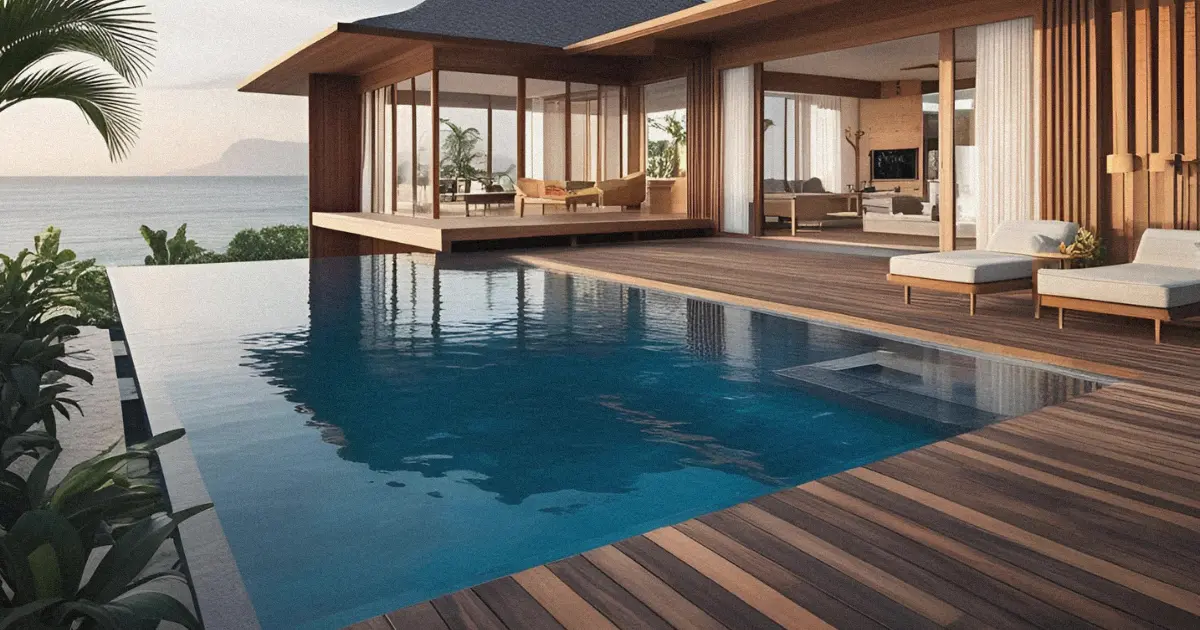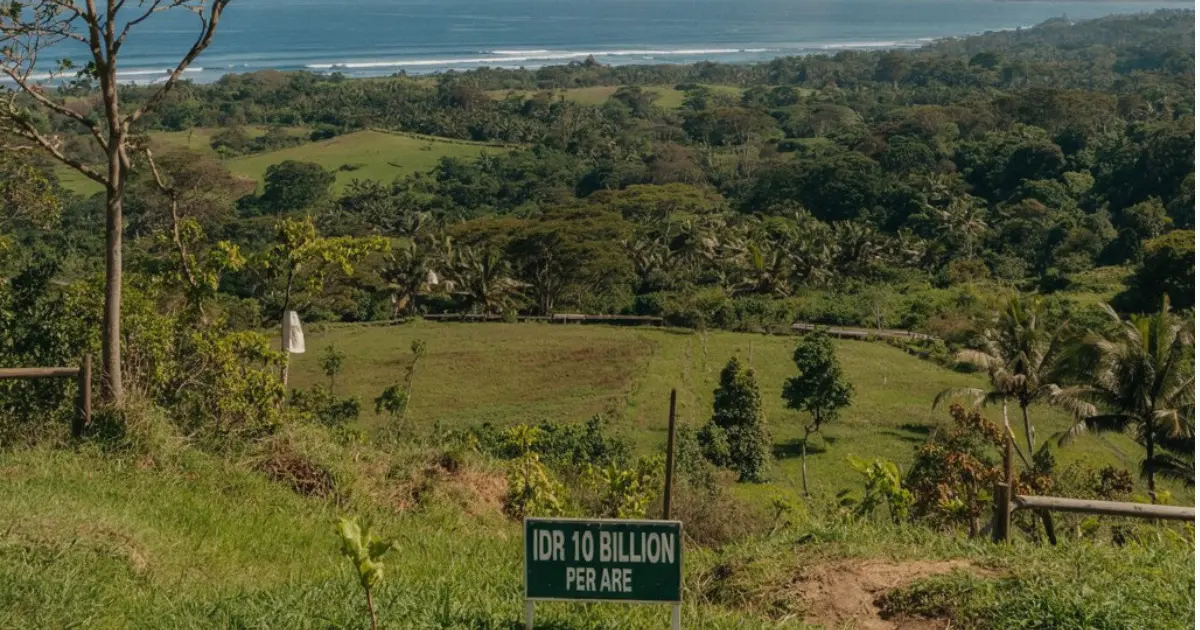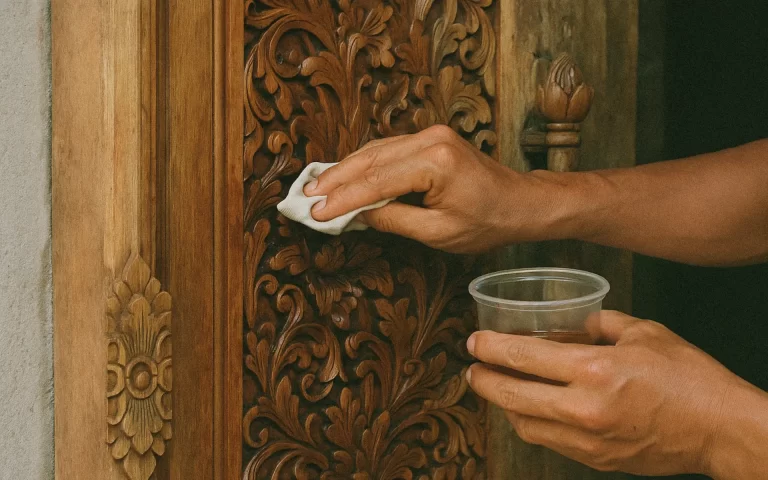Just a heads-up: We’re storytellers, not real estate agents.
This article is designed to inform and inspire, but it’s not professional advice. Bali’s property laws can be complex, and investing here requires local expertise. For reliable legal or investment guidance, talk to reputable professionals like Harcourts Purba Bali, Emerhub, or an experienced notaris (notary public) who specializes in Indonesian property law.
What’s Changing — and What’s Not — in Bali’s Property Landscape
The island’s property scene is evolving. Conversations about development, zoning, and land use are more nuanced than ever. With new regulations emerging and increasing scrutiny on sustainability, both residents and investors are recalibrating what “growth” means in Bali.
So what does the future hold?
Here’s what market watchers and industry professionals are saying—not just in terms of ROI, but also in terms of values, vision, and long-term viability.
1. International Interest Remains Strong, but More Intentional
Bali continues to attract a global audience. Buyers now span Australia, Singapore, the US, Europe, China, South Korea, and beyond. But it’s no longer about snapping up land quickly — the new wave of interest is more focused on managed, legal, and design-led builds.
Market Insight:
High-net-worth individuals are still investing in ocean-view properties and branded residences — but they’re asking tougher questions about management, design, and ethics.

2. Leasehold Law Reform Is a Possibility—But Don’t Bet the Farm
Indonesia’s current laws prohibit foreigners from owning freehold property. However, foreign buyers can access property through established legal structures: long-term leaseholds (typically 25-30 years with extensions) or through PT PMA companies for freehold ownership. All foreign buyers must also obtain an NPWP (Indonesian tax number) as part of the standard process.
While there’s occasional discussion about reforming these rules to encourage international investment, no major legal changes are confirmed at this time.
What might shift over time:
Greater flexibility around long-term leasehold extensions
Stronger protections for foreign buyers
Possible incentives for investment in certain government-backed zones
For now, the most secure option remains working with a local legal advisor to structure either a long-term lease or PT PMA arrangement under Indonesian law.
3. The Search for the “Next Canggu” Isn’t the Same Game Anymore
Canggu’s transformation from sleepy surf village to investment magnet has come with skyrocketing prices, gridlocked traffic, and community pushback. As a result, investors are looking further afield.
Canggu’s trajectory — from surf town to investment boomtown — sparked a copycat hunt for the “next big thing.” But these days, the question is more layered: what kind of growth actually makes sense?
Spots to watch (with caution and care):
Pererenan: Popular but still holding onto a local feel
Uluwatu: Wild cliffs and big potential, but zoning is complex
Tabanan: Slower pace, fertile ground for wellness or eco-retreats
North Bali: Infrastructure is improving, but it’s a long play
Note: With increasing dialogue about overdevelopment, some areas may see slower builds or more scrutiny from both locals and lawmakers.
4. Eco-Luxury and Ultra-Managed Villas Are on the Rise
Investors are shifting away from DIY villa builds and toward turnkey lifestyle investments—properties that blend luxury, sustainability, and hands-off management.
Top-performing assets often include:
-
Hotel-style management for passive income
-
Green building features like solar panels and rainwater systems
-
Wellness amenities (spa, yoga spaces, chef services)
-
High-end architectural design (e.g. GFAB Architects, Alexis Dornier)
The sweet spot?
Ocean-view eco-villas in Uluwatu or jungle sanctuaries in Ubud that offer both aesthetics and return on investment.
5. Prices Are Up, But Smart Moves Still Exist

Yes, land prices have surged in areas like Berawa and Batu Bolong. But that doesn’t mean it’s too late.
Smarter strategies:
Explore less hyped regions with natural charm
Seek underloved villas for renovation
Prioritize clarity over speed—especially with shorter lease options now more common
6. The Market Is Maturing (That’s a Good Thing)
Gone are the days of Bali’s “wild west” property scene. Buyers are getting more educated, and developers are building smarter.
Emerging trends:
More professionally managed estates
Growing demand for branded residences and serviced villas
Stricter building codes and zoning enforcement
Better legal support for leasehold structures
What this means:
Future growth may be steadier—but also more stable, with fewer fly-by-night developments and more thoughtfully planned communities that are (ideally) aligned with the island’s long-term needs.
So… Is Now the Time?
That depends on your approach.
If you’re looking for a quick flip, the window may be closing. But if you’re here to build something beautiful, respectful, and lasting — there’s still incredible potential.
2025+ Property Approach:
Think long-term, not short-game
Be location-conscious, not just ROI-led
Prioritize sustainability and cultural respect
Get excellent legal and architectural advice
A Final Word
There’s no one-size-fits-all answer in Bali. Every plot, every project, every village has its own rhythm. The most successful investments tend to be the most respectful—of the culture, the land, and the process itself.
And honestly? That feels like the future worth building.






